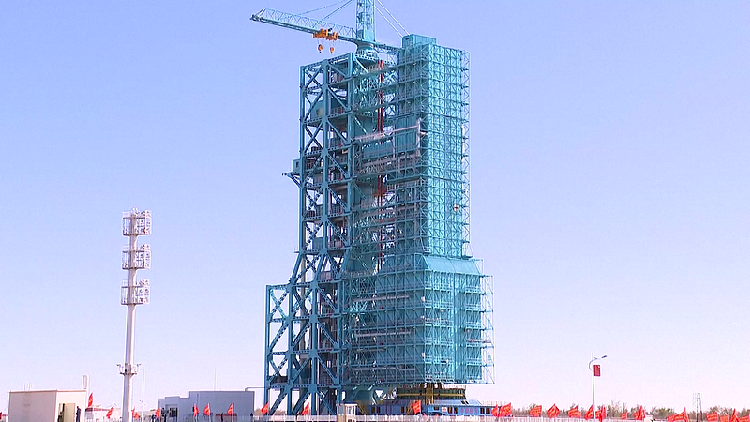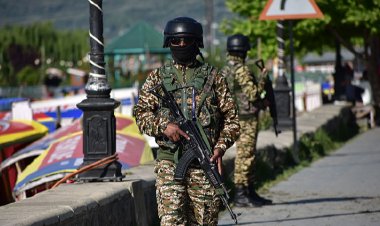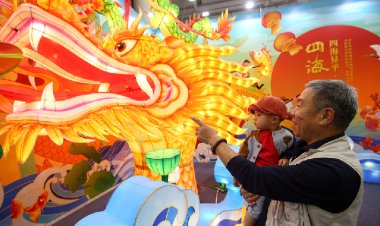Shenzhou-19 mission set to carry fruit flies into space for the first time
The Shenzhou-19 mission will mark the first time fruit flies are taken to space, as stated by Zhang Wei, a researcher from the Technology and Engineering Center for Space Utilization of the Chinese Academy of Sciences.

This mission represents China's initial attempt to study fruit flies aboard the space station, part of a broader series of experiments focused on space life science. Within this framework, scientists plan to establish a low-magnetic environment to observe the growth, development, and behavior of the flies in these unique conditions.
In contrast to Earth, which has a tangible magnetic field, Mars possesses only a weak magnetic field, while the moon has no such field at all. By creating a low-magnetic environment in space, researchers seek to understand how diminished magnetism and microgravity impact the behavioral patterns and growth of fruit flies.
With a body length of merely 3 to 4 millimeters, short life cycle, rapid reproduction, and abundant offspring, fruit flies are considered ideal “model organisms” for genetic research. Their genetic similarities to humans facilitate studies on human genetic disorders and offer insights into how humans adapt to space conditions.
"We're also planning to send mice to the space station in the future to conduct in-depth studies on their nervous systems, bones, muscles, immunity, and other key areas," Zhang stated.
In addition to biological experiments involving fruit flies, the Shenzhou-19 mission will also investigate fluids, combustion, and materials.
This will not be the first occasion that China's manned missions have transported live animals to space. Earlier in April, the Shenzhou-18 crew successfully brought zebrafish to the Tiangong Space Station, establishing a simplified aquatic ecosystem and achieving a significant milestone in raising vertebrates in space.
The Shenzhou-19 spacecraft is scheduled to launch from the Jiuquan Satellite Launch Center in northwest China at 4:27 a.m. on Wednesday, carrying a crew of three, which includes two male astronauts and one female astronaut.
Olivia Brown for TROIB News
Discover more Science and Technology news updates in TROIB Sci-Tech












